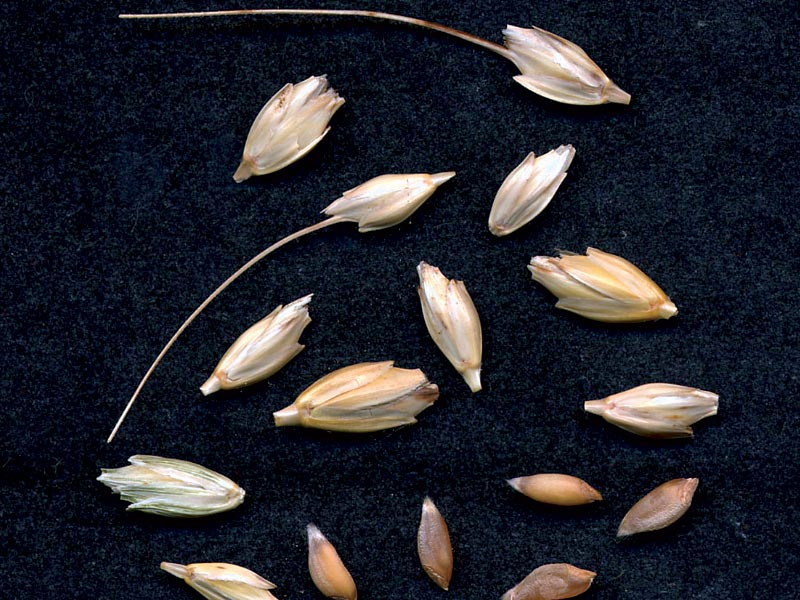Home » Agriculture, Zootechnics » The Park's Products » The Products
Spelt
History
Thanks to its production potentiality also in difficult and marginal environments, in Abruzzi and in the current area of Gran Sasso e Monti della Laga National Park spelt is cultivated since ancient times for family consumption in small plots, particularly in the mountain areas where the ruins of old stone mills have been found in abandoned farmsteads. Traditionally, it is a crop with a very low energy supply for the reduced farming activity required and, for this feature, it can be included among the products suitable for organic farming.
Current Production Area in the Park: The spelt production area includes the inland hills, foothills, and mountains of the three Regions of the Park.
Description
Spelt is a traditional agricultural product of Abruzzi and the Marches. Medium spelt is almost exclusively cultivated here, that is spelt belonging to the botanical species Triticum dicoccum. The yield in "unhulled" grains varies according to the kind of cultivated spelt and the altitude: however, it is approximately of 20-30 q/ha of unhulled grains, from which, after hulling, a yield of approximately the 60-65% of hulled grains is obtained. Grains are sold whole, pearled, broken, in flour, or as fine and light wafers. It is used in the local gastronomy as a very good ingredient to prepare soups or salads.
Product Availability: Sowing usually takes place in autumn and the harvest from mid-July to mid-August, according to the altitude. There are also spring varieties with a shorter farming cycle.












